Cuc Phuong not only hides the attraction related to tens of thousands of species of animals and plants that this forest is covering...
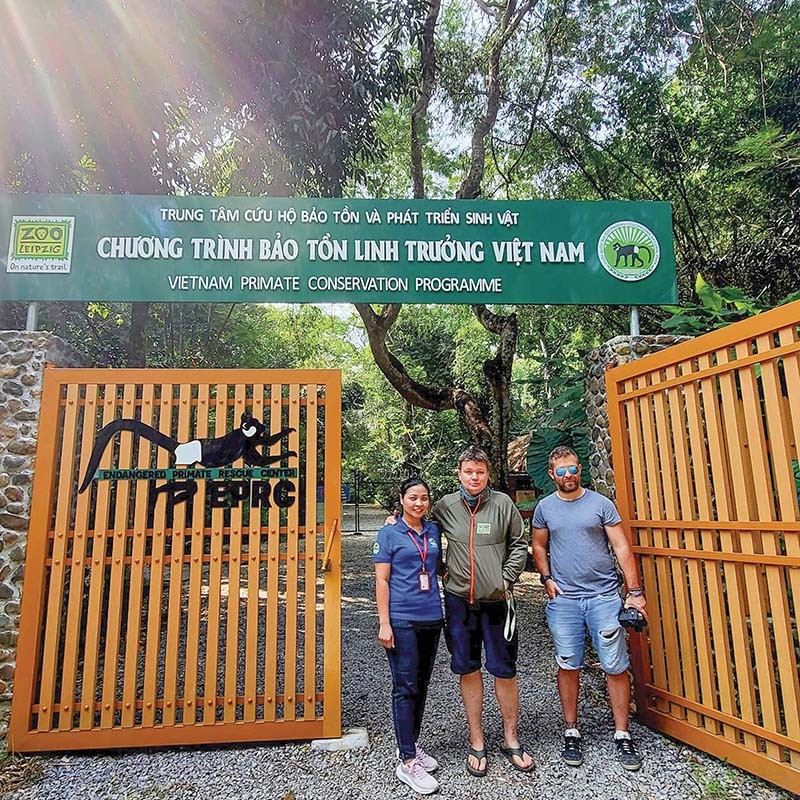 |
| Ms. Hoang Thi Thuy, Ms. Elke Schwierz (German) and Mr. Nicolas (French tourist) at the Endangered Primate Rescue Center (EPRC) Cuc Phuong. (Photo: MH) |
Normally, to visit a place like Cuc Phuong, people often plan many days in advance, sometimes several months or even a year, like foreign tourists often do. But my trip to Cuc Phuong was by chance and surprise when I joined the group of Nicolas (French). Nicolas has experience traveling to nearly 50 countries in the world and Cuc Phuong forest is his final destination in this trip in Vietnam.
The green pearl of Asia
The weekend was a brilliant sunny day. The car took us on the Ho Chi Minh road, as beautiful as a silk strip, to Cuc Phuong. I admired musician Tran Chung when his wonderful, poignant lyrics echoed in my head: “Remembering a time of primordial times, the forest had no name, through the rain and sunshine of eternity, the young forest became a vast forest. No matter how old the forest is, the forest does not remember. Why do we always call it em, when the country named the forest?”
We met Mr. Do Hong Hai, Deputy Director of the Center for Environmental Education and Services of Cuc Phuong National Park, as soon as we entered the forest. With a bright smile, he shared: “Most tourists, especially international tourists, want to come to Cuc Phuong during their visit to Vietnam because it is a 'green gem' with the top ecosystem in Asia. Inside it, tourists can discover much more.”
Mr. Hai introduced, located on the majestic limestone mountain range, Cuc Phuong National Park stretches from Hoa Binh to Thanh Hoa to Ninh Binh province. This is also the first national park in Vietnam. The World Travel Awards voted and honored this great name as Asia's leading national park for five consecutive years (from 2019-2023). Over a long period of time, the forest has not only preserved its majesty, but also become a common home for endangered flora and fauna.
Ms. Hoang Thi Thuy - a young Muong female cadre with more than 10 years of experience and working here, led us on a tour. The Center's car "showed its figure" on the cool, dreamy road of more than 10km long like a winding silk strip to the center of the forest. The members could not hide their admiring eyes and admiration for the beauty of Cuc Phuong. This season, Cuc Phuong is truly brilliant with blooming wild flowers, along with the sky full of yellow and white butterflies fluttering in the sun. The "natural swings" made from the Bam Bam vine make everyone feel like they are lost in a fairyland.
Ms. Thuy's voice rose: "At the end of Summer and the beginning of Autumn, we will have the opportunity to admire flocks of colorful butterflies flying all over the forest. Cuc Phuong has nearly 400 species of butterflies, such as white butterflies, star butterflies, swallowtail butterflies, phalaenopsis butterflies... with all colors and sizes. At night, without looking up at the sky, you can still watch the stars because of the dreamy flocks of fireflies flying all over the forest."
Stopping at Cuc Phuong Botanical Garden, Ms. Thuy said that this is an area built to collect and grow rare plants of Cuc Phuong, Vietnam and the world.
Nicolas leaned over to me and whispered: “It’s like being lost in an island in a science fiction movie.” He was delighted to ask me to take pictures of the wild taro plant as big as a banana tree, and the wild banana plant as tall as a casuarina tree… growing up from the cool air of the forest.
When coming to Cuc Phuong, any tourist is eager to "meet" the thousand-year-old trees. Although there are trees that are too old and have passed away, there are still many trees over 700 years old, with a circumference of six or seven people hugging. Surprisingly, many of the giant trees in Cuc Phuong grow on rocky mountains, so their roots are often large, several meters wide, not round like the roots of trees growing from the soil.
The female tour guide, who has been attached to Cuc Phuong for a decade, enthusiastically explained to us the countless interesting things in the forest: “Look at these climbing vines. We cannot tell which is the trunk and which is the top, because they grow from the ground, climb up high, then fall down, grow roots from the trunk and climb up again... Just like that, if you follow a climbing vine, you will see it keep climbing, falling and climbing again on a journey of 2km. Nicolas was even more fascinated by the story of the banyan tree - a plant with starch in its trunk, which looks like a wild coconut tree. He nodded when he was explained the related reason why Vietnamese soldiers could live for so long in the forest during two long resistance wars.
We were engrossed in the thousands of plants in the forest until the sun was about to set, the more we walked the more fun we had. Somewhere, the sound of birds chirping in the afternoon was heard sporadically. Ms. Thuy immediately imitated her voice: “Cờ rục, cờ rục…” and immediately after that, the space suddenly filled with the music of the mountains and forests as the sounds of birds chirping continued to resonate…
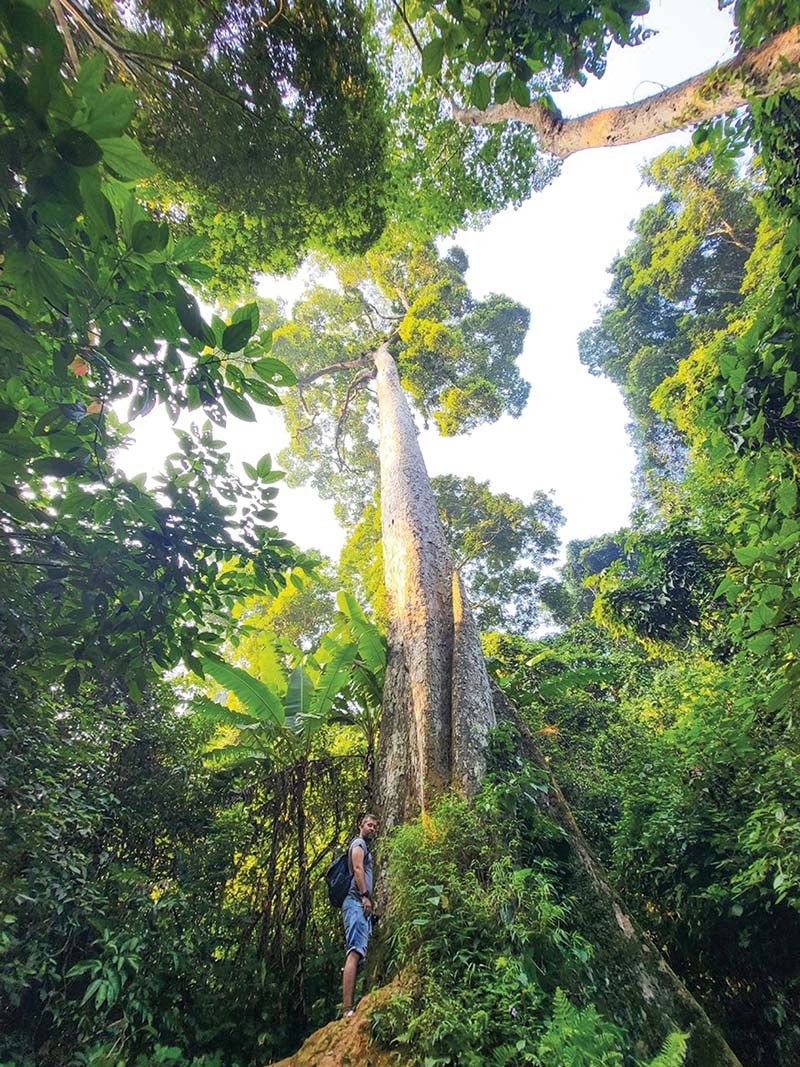 |
| The 700-year-old tree has a trunk wide enough for six people to hug. (Photo: MH) |
Stay with Cuc Phuong
To the left of the entrance gate of Cuc Phuong forest is a conservation area for wild plants and animals such as the Primate Rescue Center, the Carnivore and Pangolin Conservation Center, the Turtle Conservation Center...
Mr. Do Hong Hai said that, established in 1993, Cuc Phuong Endangered Primate Rescue Center (EPRC) is considered a common home for primates. This is the first rescue center in Indochina carrying out the mission of rescuing, rehabilitating, reproducing, conserving and releasing rare and endangered animals into the wild.
Looking at the five-colored langur being cared for in the cage with wide eyes in surprise, Nicolas exclaimed: “This animal is so beautiful!”. I was excited and brought the camera close to the cage to take pictures. Suddenly, I was startled to hear a voice from behind the door saying: “Chăng pị”. Ms. Thuy quickly pulled me out and introduced herself as Ms. Elke Schwierz, a German. She had just spoken in Muong, meaning “No way”, because if you are near the langur, it will take your belongings very quickly. Therefore, visitors should only walk in the line and not go close to the cage.
Since then, Ms. Elke Schwierz has become the main “tour guide”, leading us from one langur cage to another. She shared: “I have been working at the Primate Conservation Center since 2002. More than 20 years ago, this place was very different from now. Before, people went into the forest to collect plants, catch animals to sell or eat meat… but now, if they catch rare animals or animals in distress, they bring them to the Center for care. Currently, the Center is preserving 190 langurs, gibbons and loris. Of these, there are up to 120 langurs and they are also the most difficult species to care for. Langurs only eat leaves and we use more than 400 kg of leaves to feed them three times a day.”
“I studied at the zoo in Berlin, then worked at the Leipzig Zoo in East Germany. I love working with wild animals. I love the solitude and when I came to Cuc Phuong, I felt like this was my second home. I could hang around in the animal cage all day but couldn’t stand half an hour in the office,” Elke confided.
Talking about her work, she worries: “Due to the problem of conserving both animals and plants in the forest, we have many difficulties in finding leaves for the langurs. We have to go out into the forest to find leaves. The problem is that around here, people have cleared the land to grow pineapples and sugarcane, so finding enough 300kg of leaves every day for the langurs is quite difficult, especially in winter.”
Rescuing baby langurs also keeps Elke as busy as raising a baby. For baby langurs without a mother, not to mention completing the paperwork for each one is quite difficult and time-consuming, and caring for them like newborns also keeps her busy all day. “Sometimes, I don’t know if I have enough strength to work all day and all night because baby langurs need to be fed milk every two hours. Once, we received six baby langurs, it was like raising six children, very hard. However, my colleagues and I here support each other and just get through it,” Elke said.
The more I talked to Elke, the more I admired the love for nature of this woman who came from far away, but chose to "sleep with the grass, trees and flowers, rustling through the moonlight" in Cuc Phuong.
Leaving Cuc Phuong, in my heart still echoes the melody of the song by musician Tran Chung: "With you once, then forever remembered, the love of the green forest for thousands of years, the song of love and joy in life still rises."
Thank you Cuc Phuong, thank you to the staff, employees, international friends… who have always been attached to, preserved and protected Cuc Phuong, for today and tomorrow.
Source





![[Photo] Hanoi morning of October 1: Prolonged flooding, people wade to work](https://vphoto.vietnam.vn/thumb/1200x675/vietnam/resource/IMAGE/2025/10/1/189be28938e3493fa26b2938efa2059e)




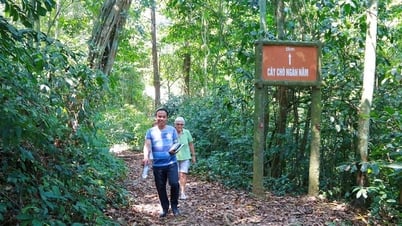

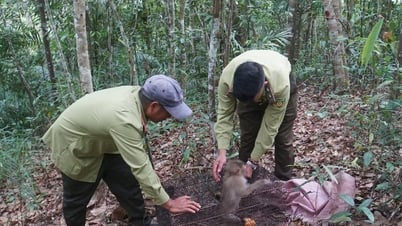

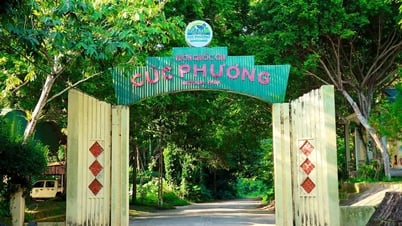

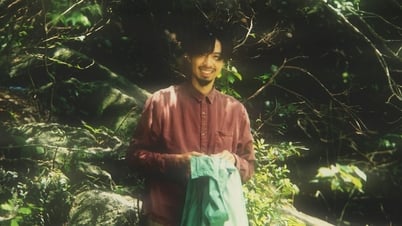









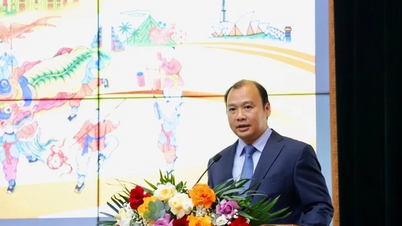

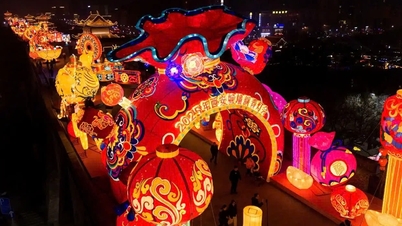












![[Photo] Panorama of the cable-stayed bridge, the final bottleneck of the Ben Luc-Long Thanh expressway](https://vphoto.vietnam.vn/thumb/1200x675/vietnam/resource/IMAGE/2025/9/30/391fdf21025541d6b2f092e49a17243f)










































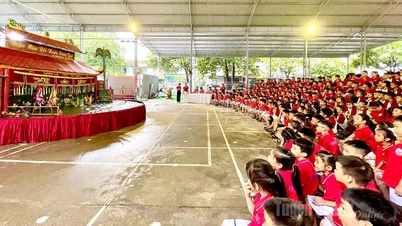














Comment (0)